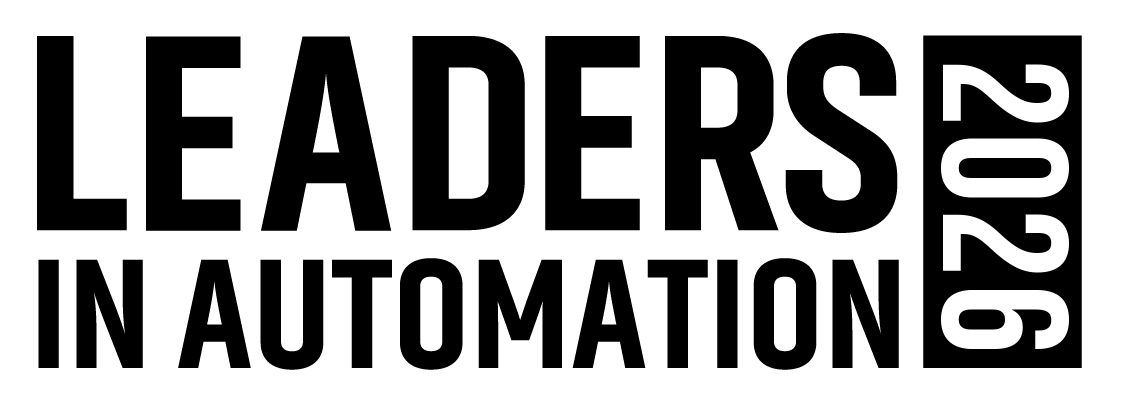A new catalyst may lead to efficient, human-made photosynthesis, aka Leaf 2.0
Ed Asner is always asking me to lower my energy bill by adding solar panels to my home. But one day, he may be advocating for a slightly prettier alternative… the bionic leaf.
We’ve seen plenty of advancements in our search for efficient, renewable energy, but nature really has us beat with photosynthesis. Artificial leaves have been created before, but the efficiency of the processes often missed the mark.
Researchers at the Wyss Institute at Harvard have developed a new system that can “convert solar energy to biomass with 10 percent efficiency.” For comparison, Daniel Nocera, a leading researcher in renewable energy and co-creator of the technology at Harvard, notes that some of the fast-growing plants have an efficiency of one percent. The key to the system is a new cobalt-phosphorous alloy catalyst, which allows for lower operating voltage and “self-heals” so that it does not leech out into solution.
The other exciting part is that the “bionic leaf 2.0” technology that produces liquid fuel from sunlight may be ready for commercial applications or developing countries soon.
About the Author

Leaders relevant to this article: